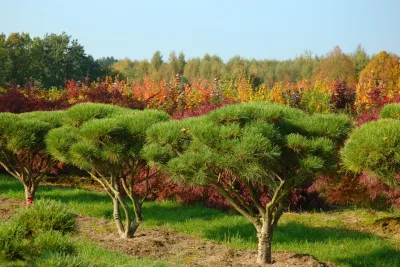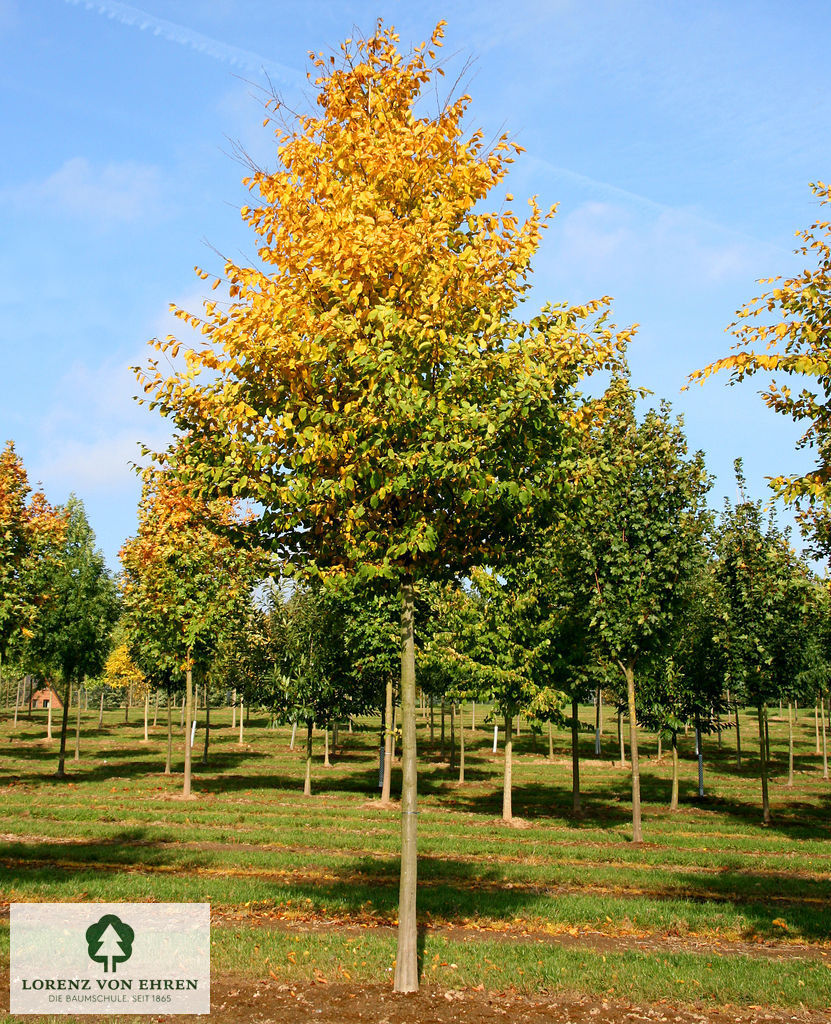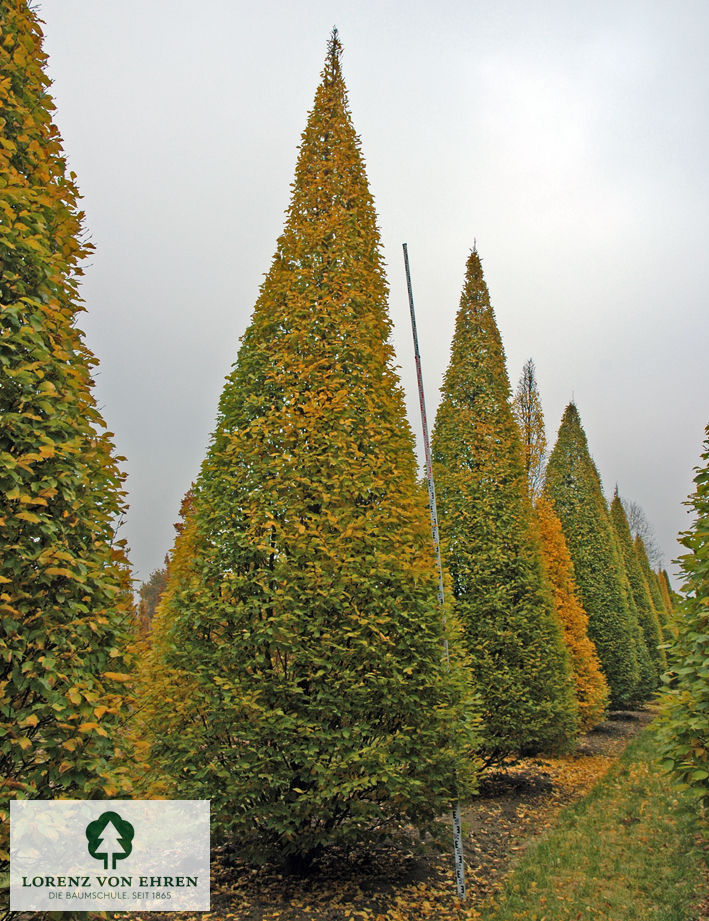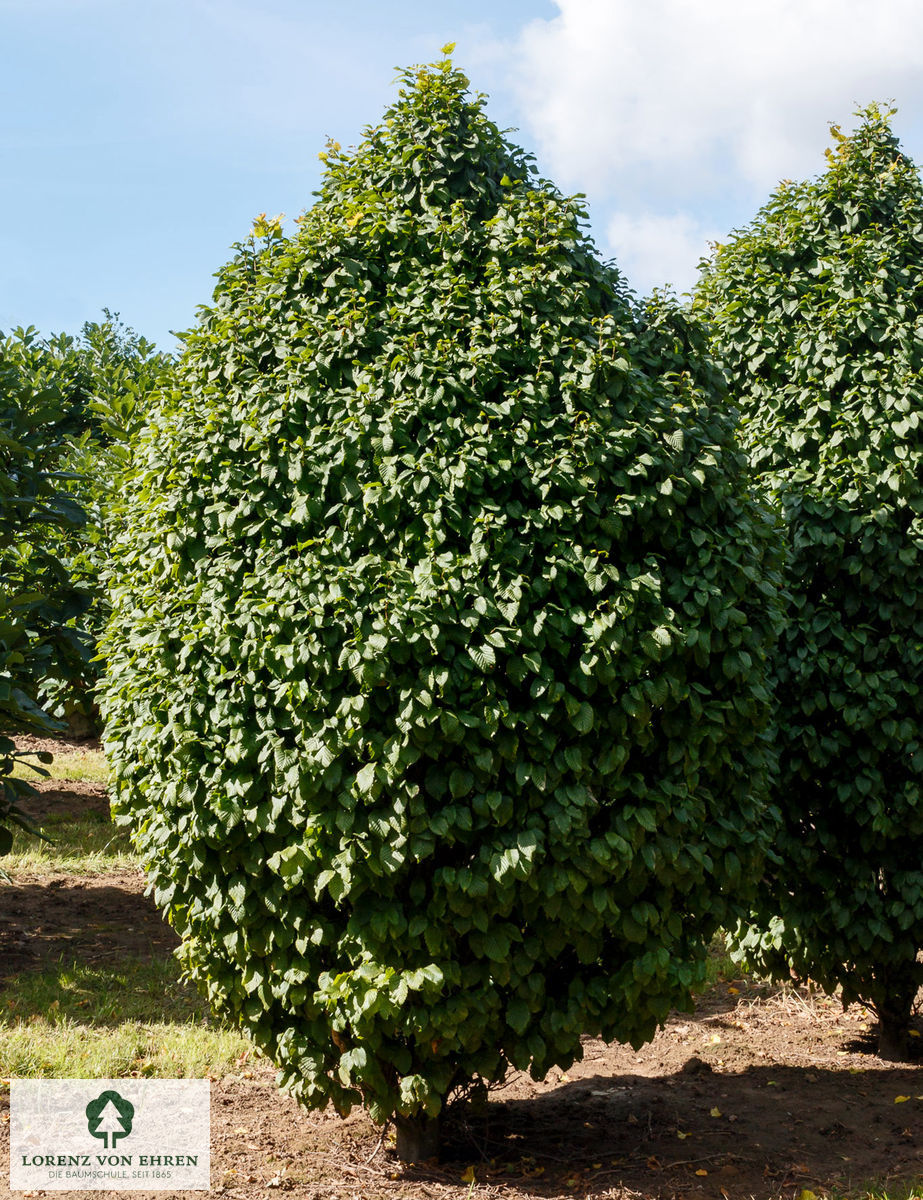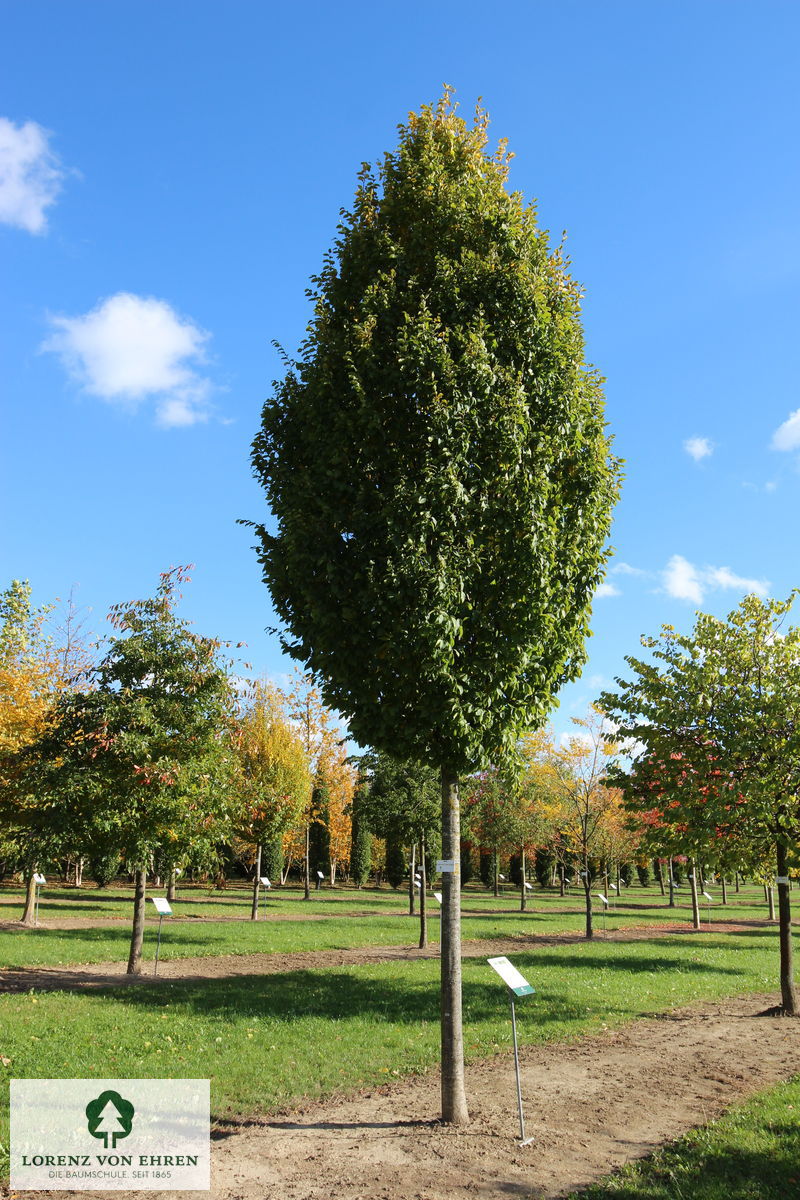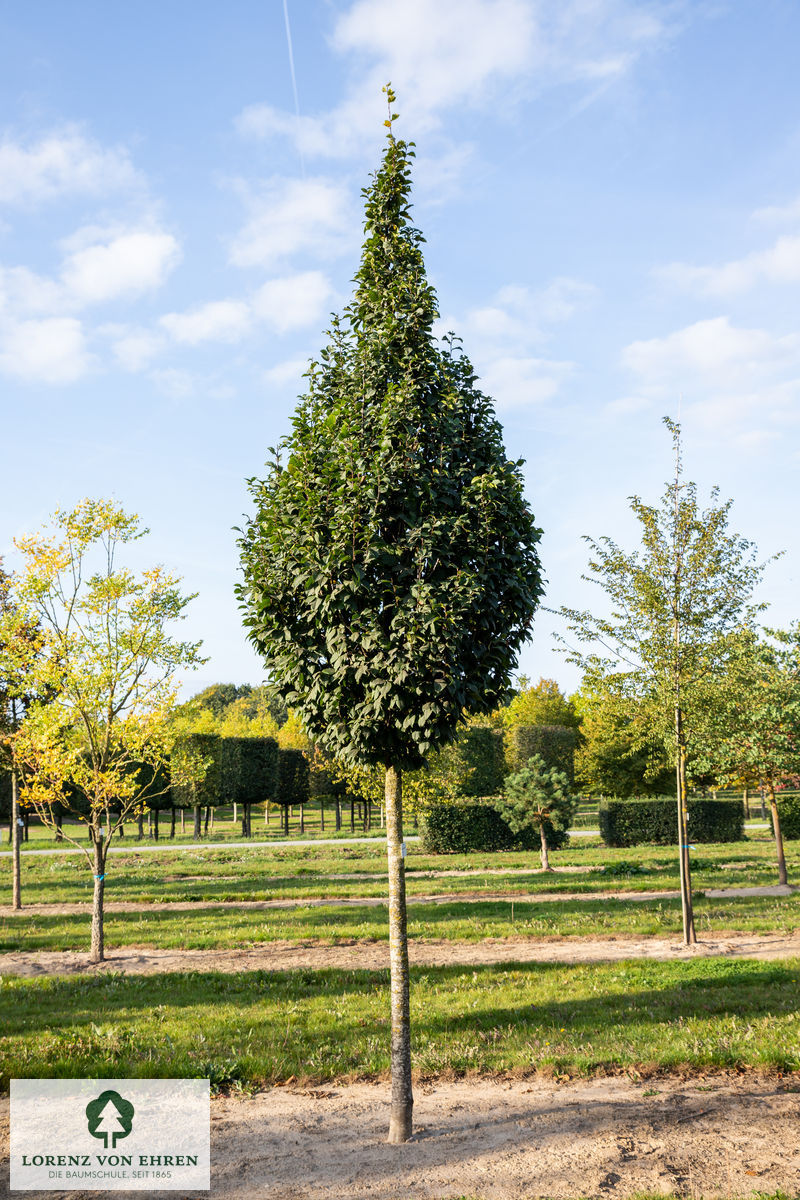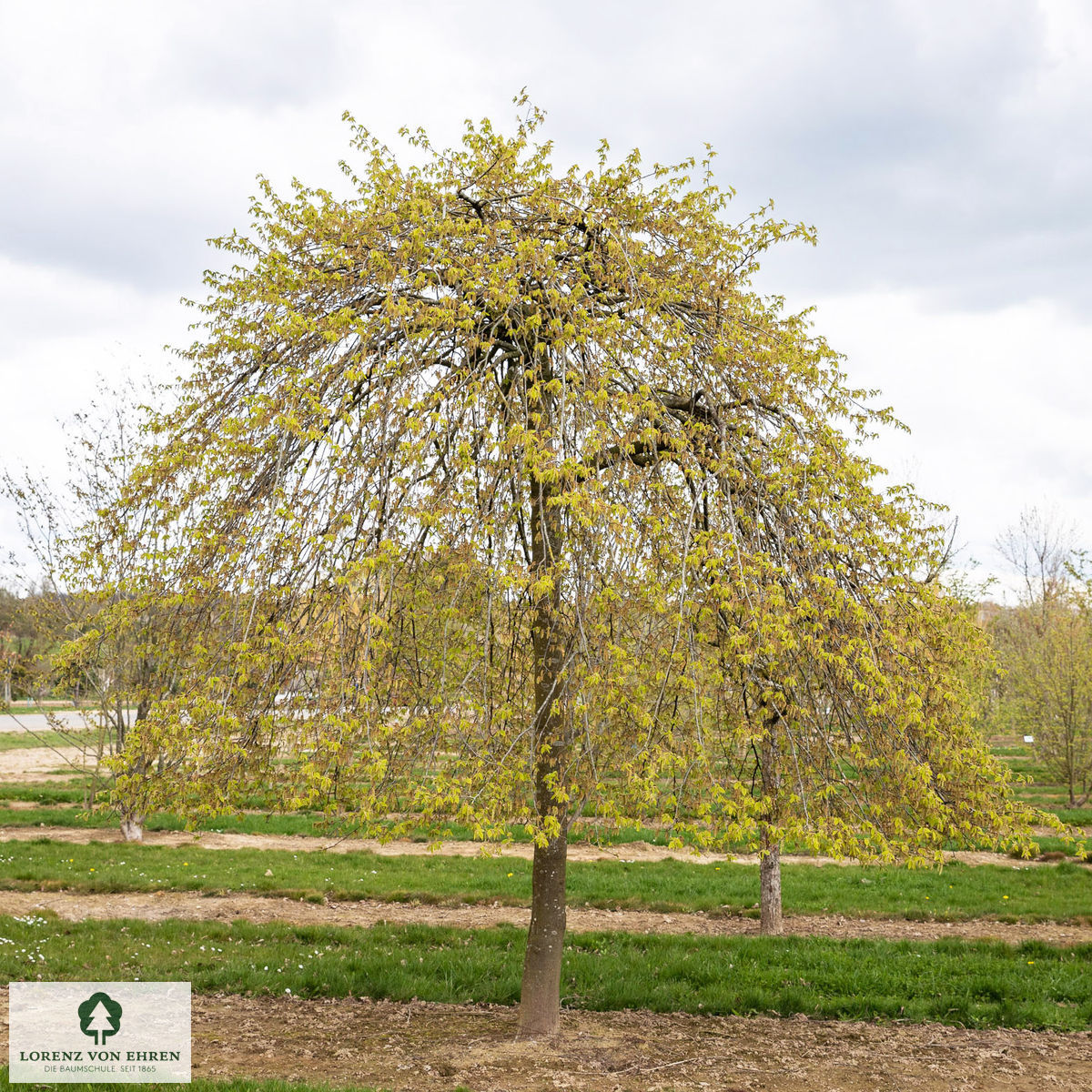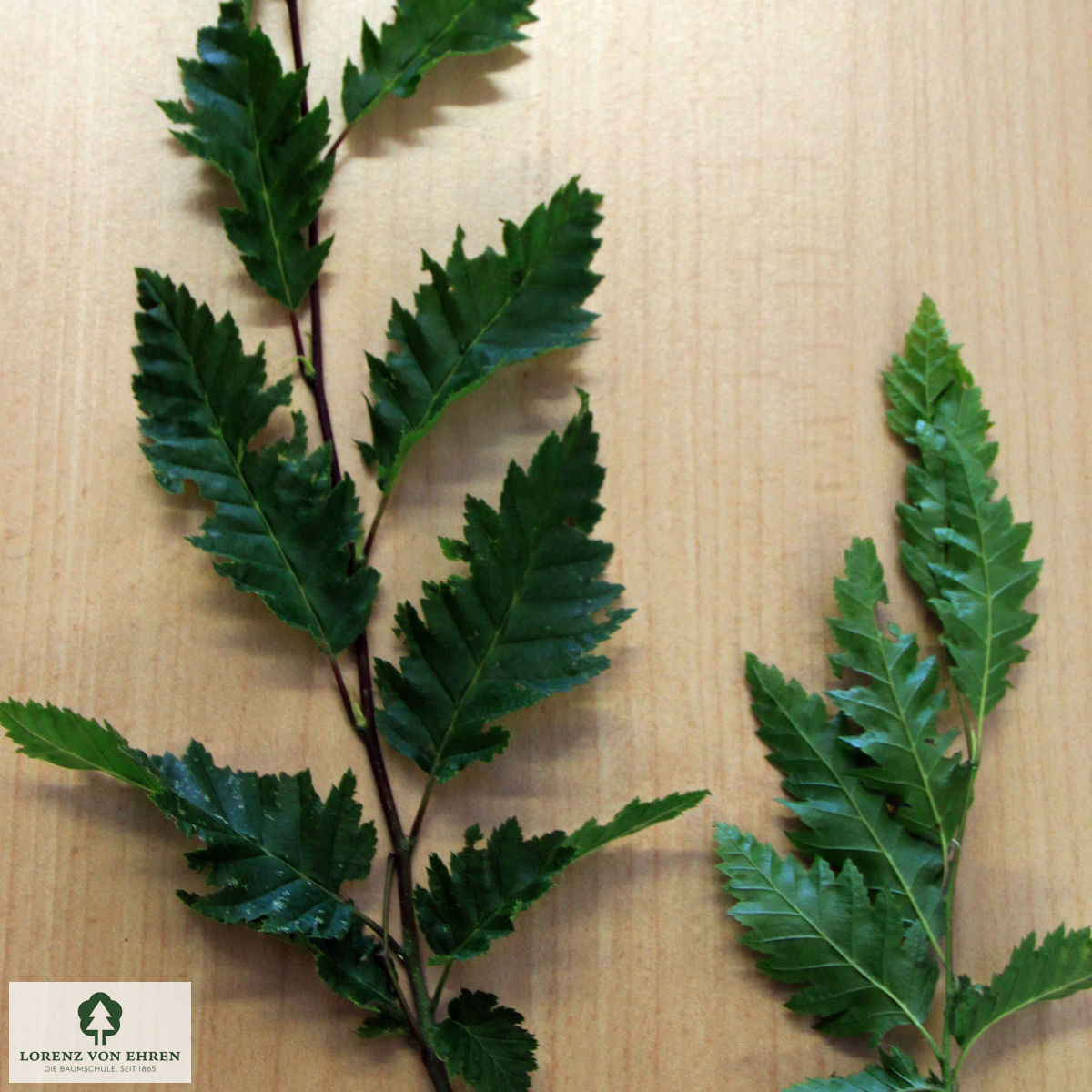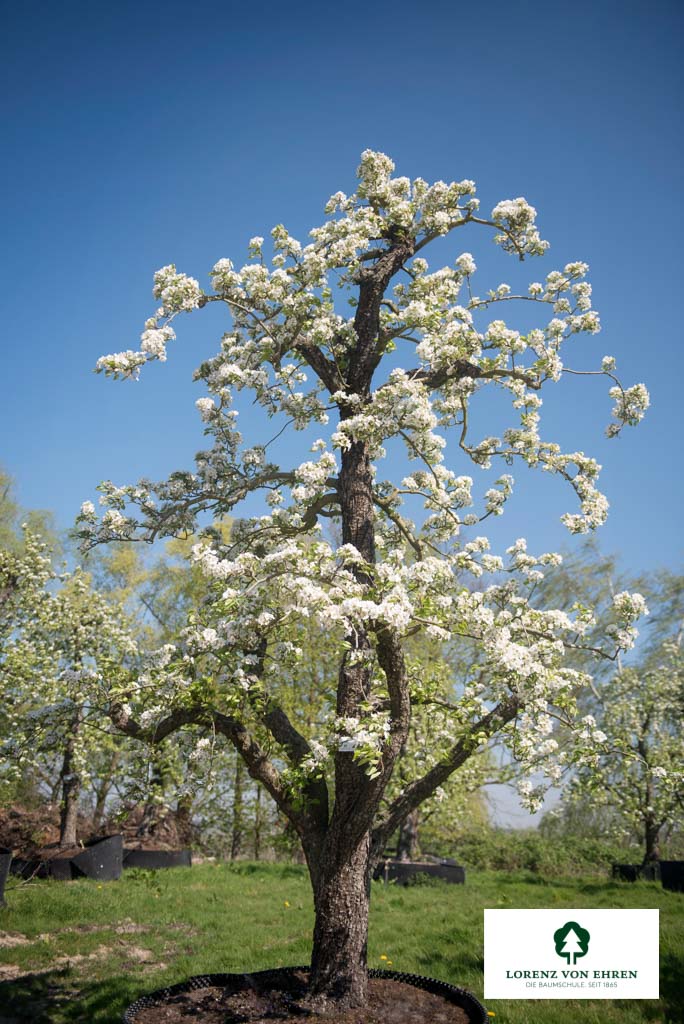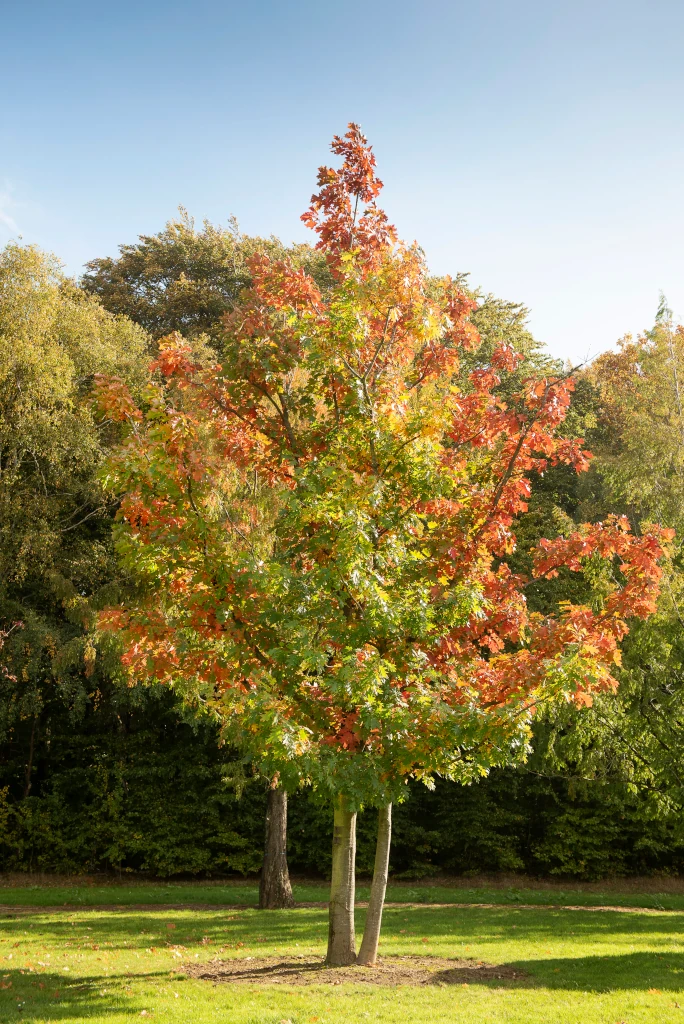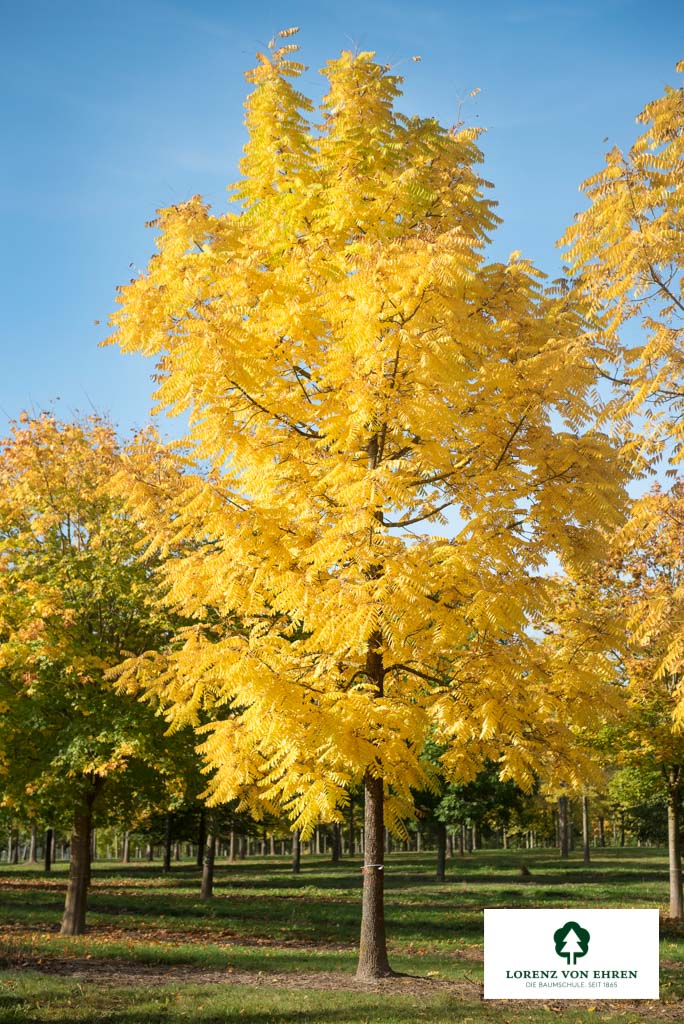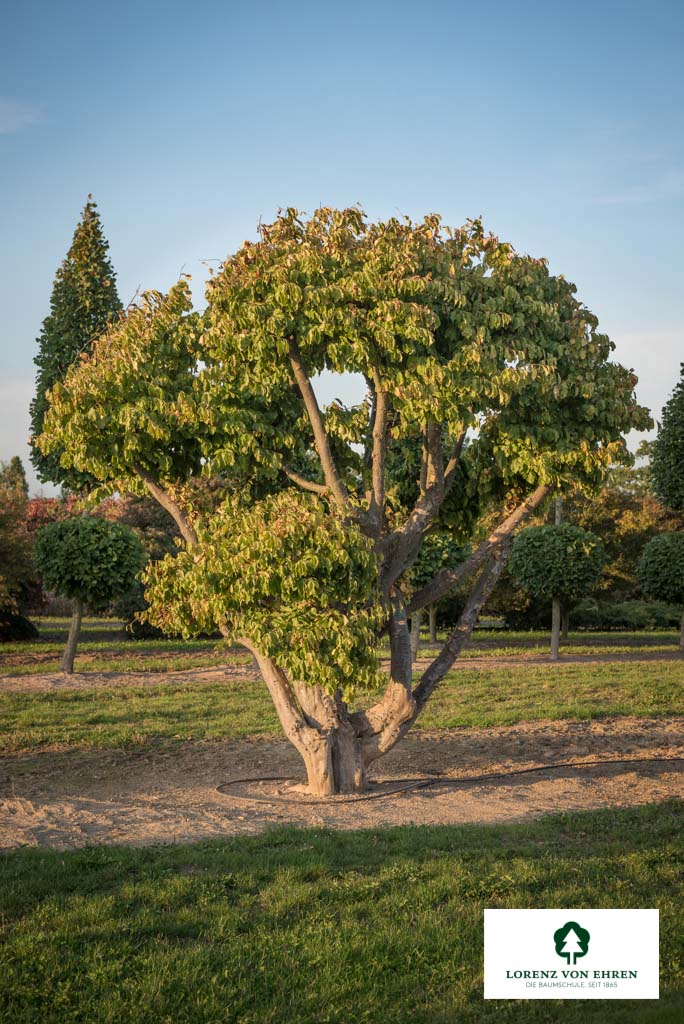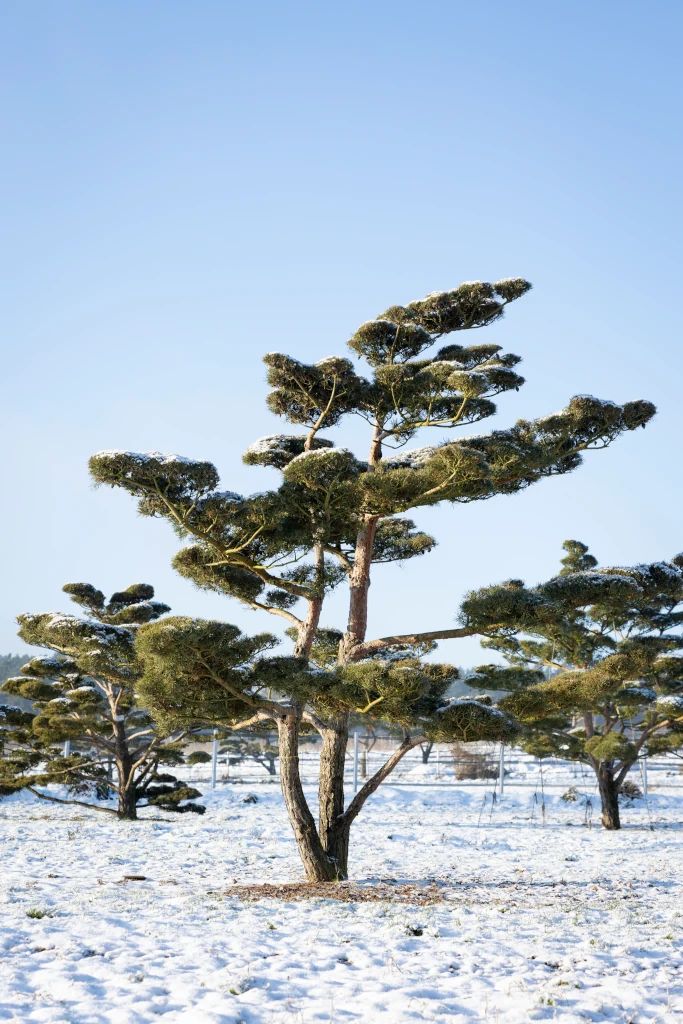Carpinus - Common Hornbeam
Betulaceae
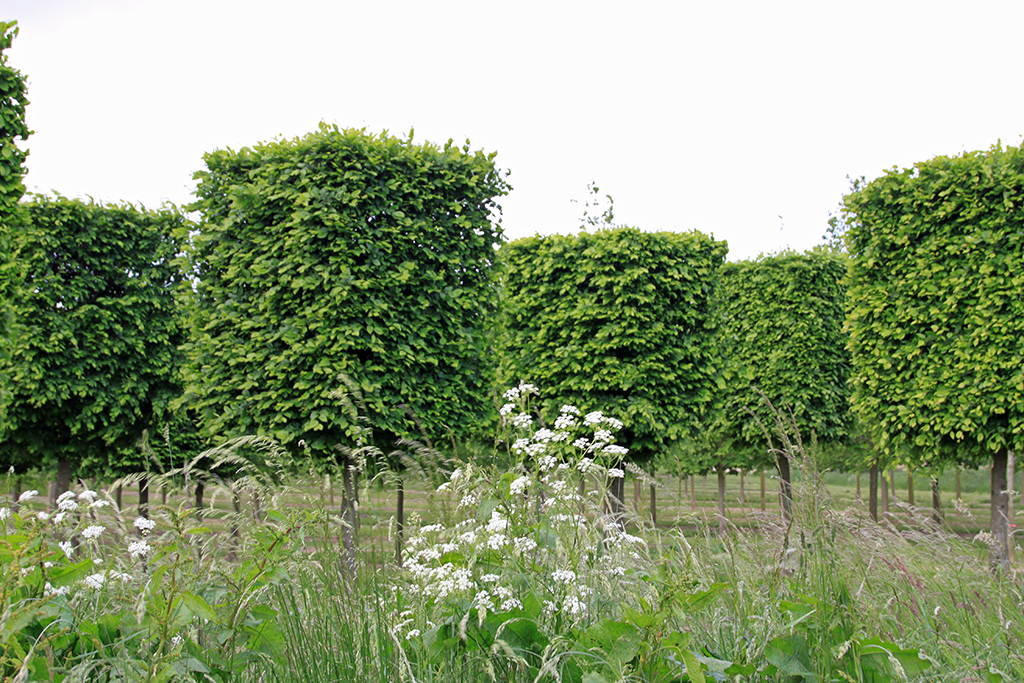
Our Carpinus
A genus comprising only 50 species with many varieties and crosses. The varieties used are all from northern and western China. Although the species vary in size and foliage, they are all similar in flowers, fruits, twig structure and demands. They grow in any garden soil and prefer sunny areas, even though they thrive in the light shade of larger trees.
Variety overview
Specifications: Carpinus betulus
Habit:
Medium-size tree, 5-15 (20) m tall, 4-6-8 m wide depending on whether it has several stems, somewhat asymmetrical, with one or more stems, crown usually ovoid, stem crooked, branches vertically upright, twigs extended, horizontal to slightly lilting, slow to moderate growth, 20-40 cm a year.
Flowers:
Monoecious, few conspicuous, yellow catkins during shooting in May.
Fruits:
Inconspicuous.
Leaves:
Elliptical, dark green, yellow-brown in October, occasionally yelloworange or green-yellow, often persistent and brown into spring.
Roots:
Intense, dense cordate root system, sensitive to compaction and floods.
Demands:
Sun to shade, cool to warm areas, tolerates heat if soil is moist enough, frost hardy, tolerant of urban pollution, wind resistant.
Soil:
Moderately dry to fresh; on all soil that is not too poor, sensitive to salt.
Note:
Takes very well to cutting; traditional plant for historic gardens. Though the common hornbeam is widely used as a typical
hedge, it has much potential for design due to its excellent tolerance of cutting. Its ability to regenerate is especially great.
hedge, it has much potential for design due to its excellent tolerance of cutting. Its ability to regenerate is especially great.
Hardiness:
Zone 5b

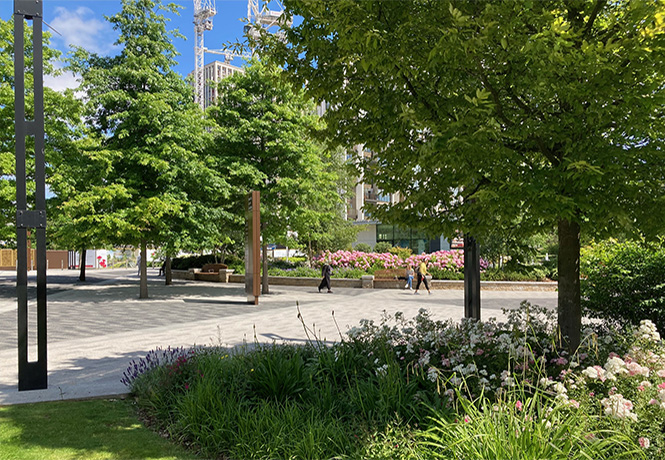
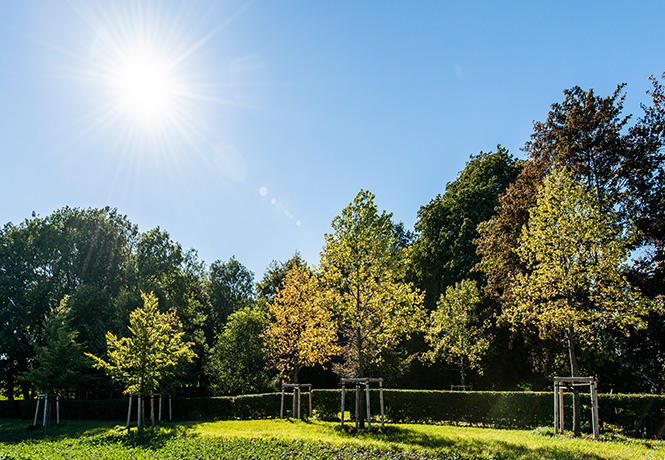
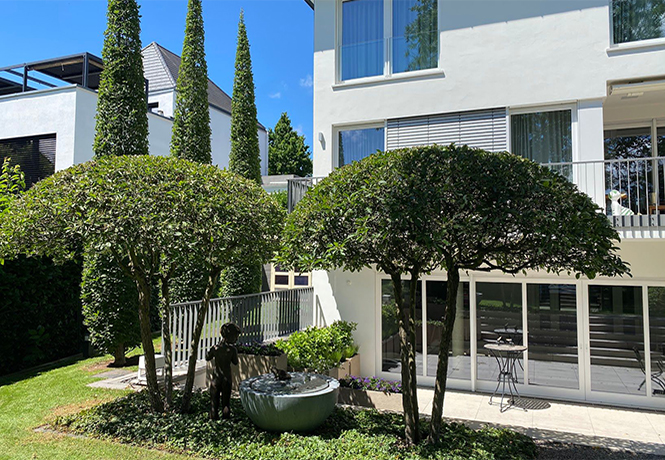
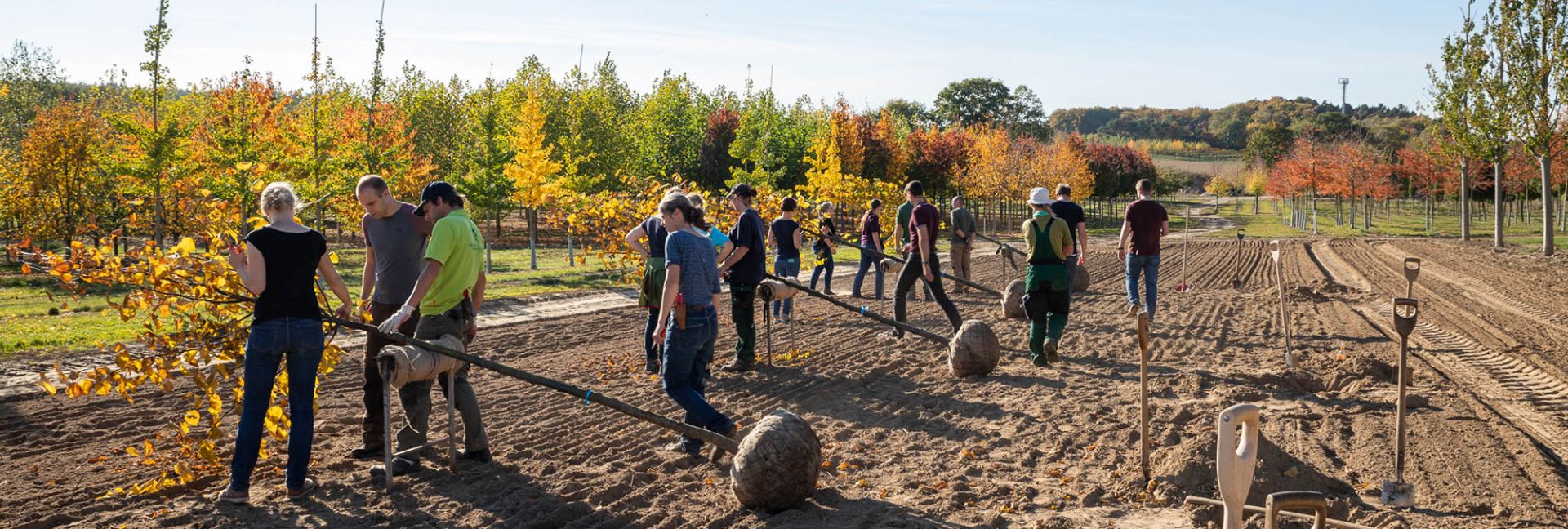

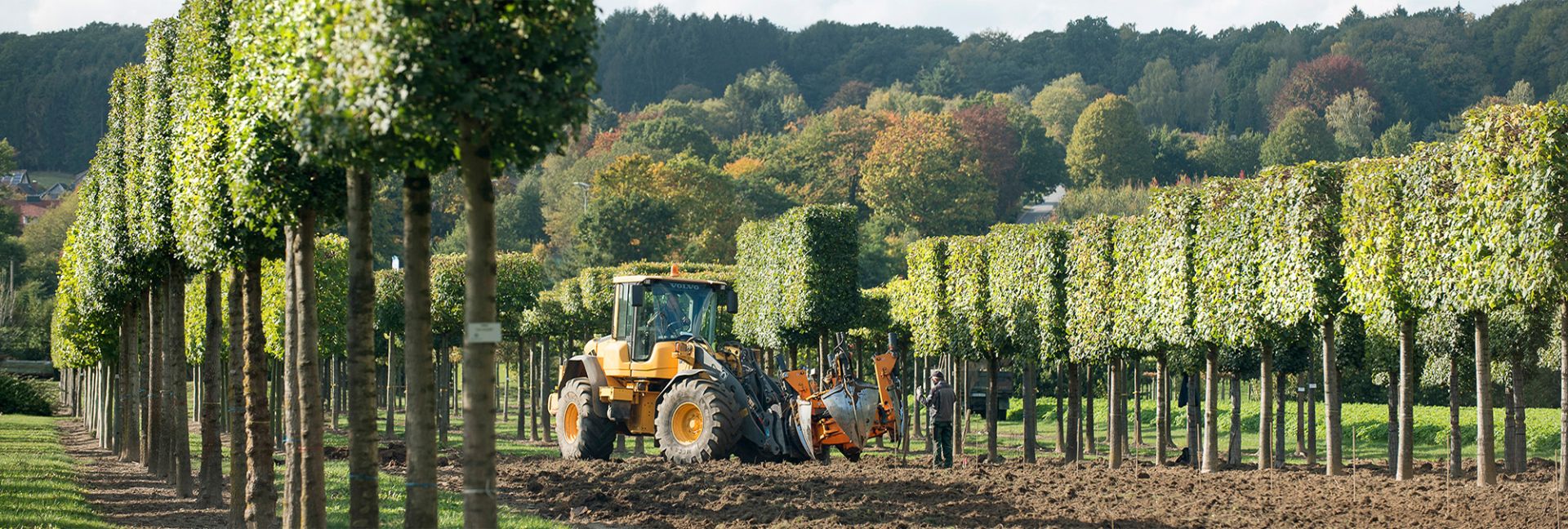
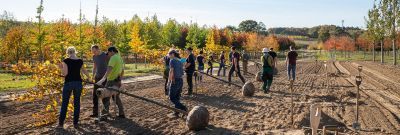
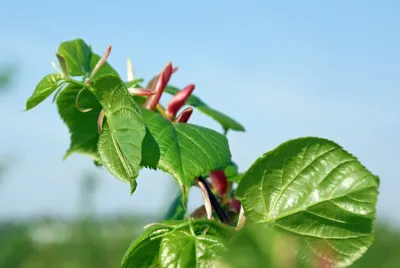
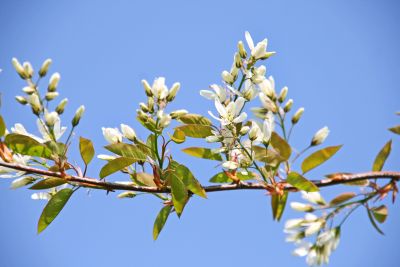

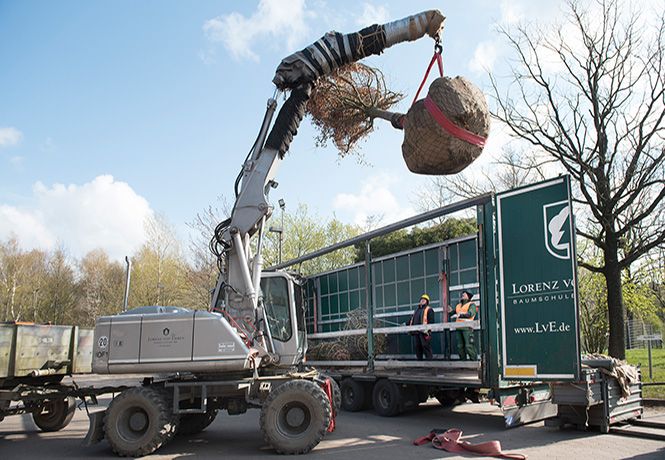
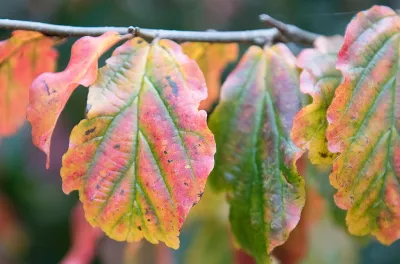
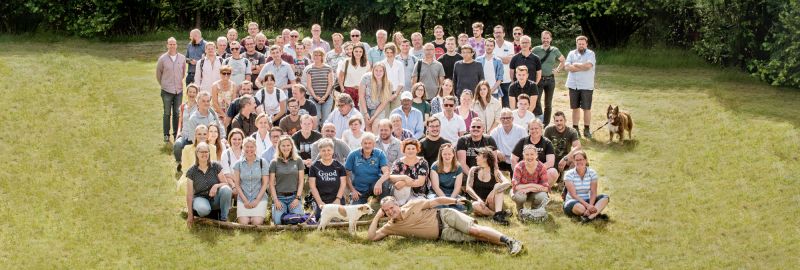

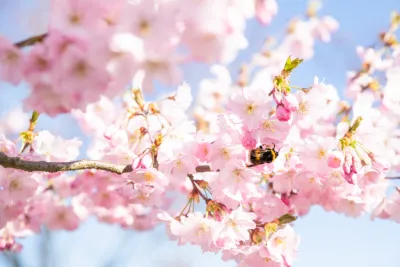
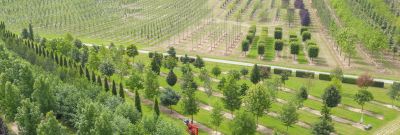
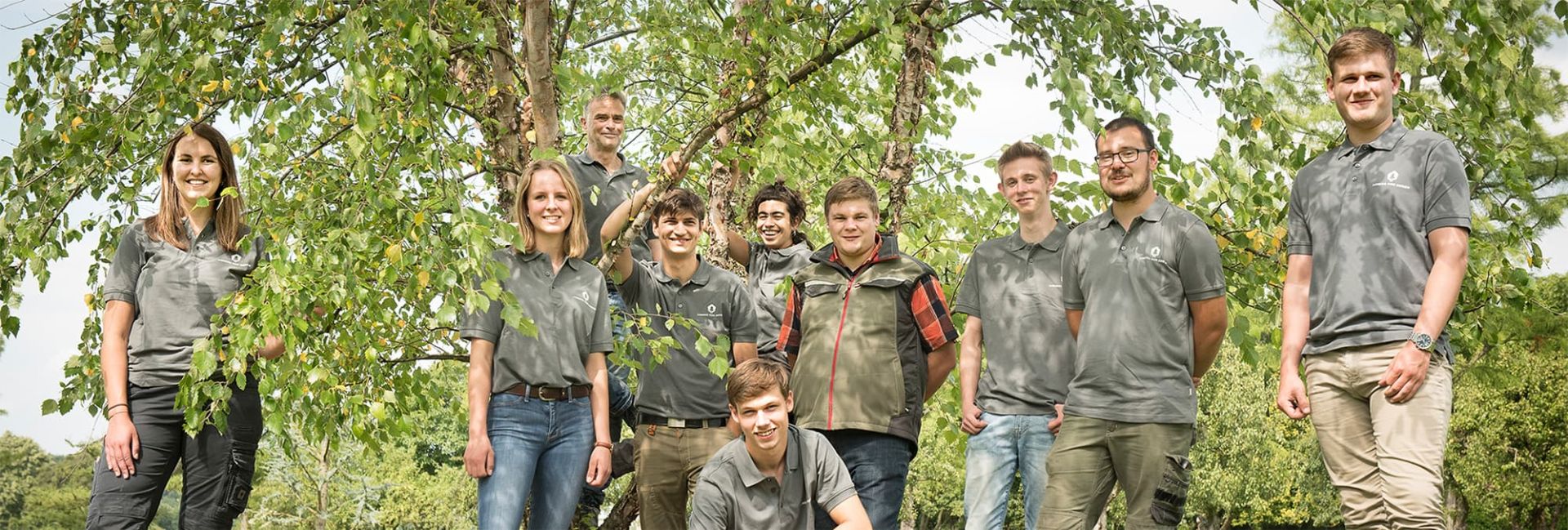

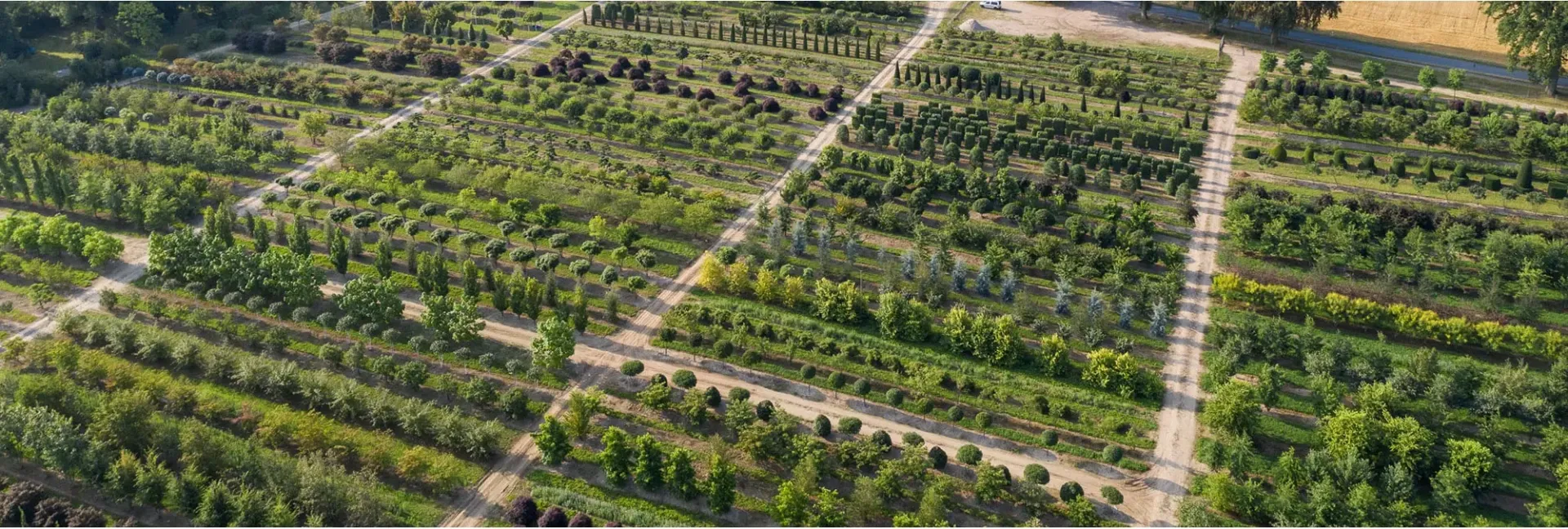
_400x400.webp)
